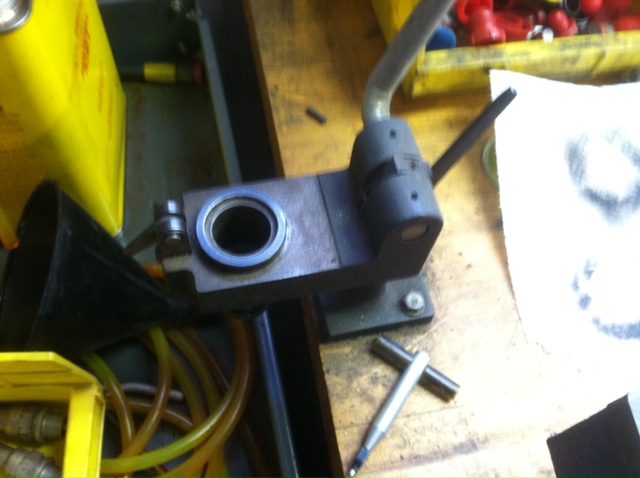txflyer
En-Route
- Joined
- May 3, 2013
- Messages
- 4,509
- Location
- Wild Blue Yonder
- Display Name
Display name:
Fly it like you STOL it ♦
O.k. So I got 12 brand new Tempest spark plugs in (massive) and the first one out of the gate I notice the gap is smaller than .016 on one of the electrodes.
TCM and Tempest recommend between .016 to .021 for the UHRM40E for my Continental 0-470-R.
There is reams of information about narrowing the gap with a gap tool, but I see no information about widening the gap? Is there a tool for that? Or how do you do it? Safely that is ... thanks in advance...
TCM and Tempest recommend between .016 to .021 for the UHRM40E for my Continental 0-470-R.
There is reams of information about narrowing the gap with a gap tool, but I see no information about widening the gap? Is there a tool for that? Or how do you do it? Safely that is ... thanks in advance...











